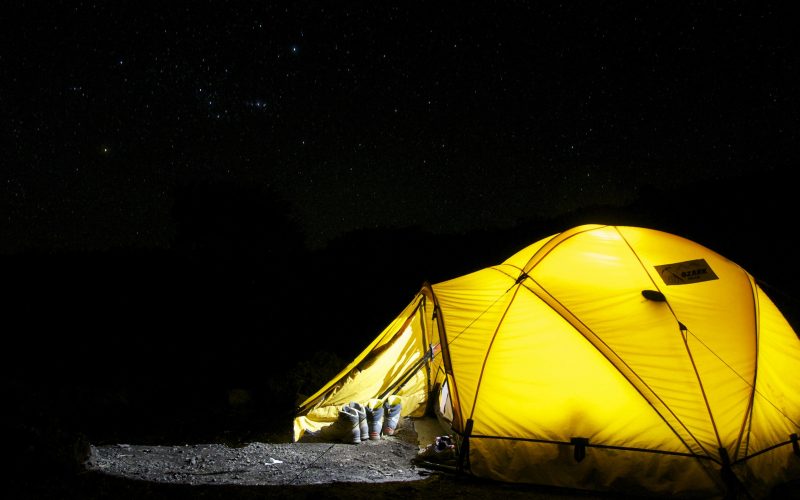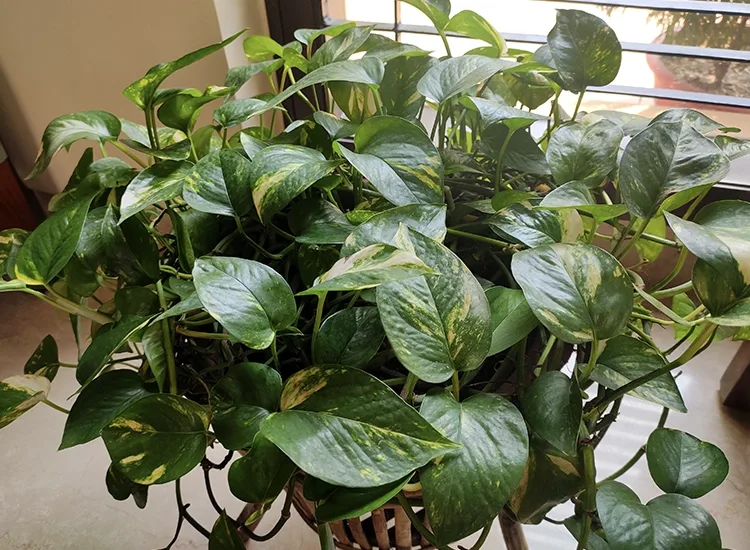Introduction
You’ve arrived at your campsite after a long drive, the sun is dipping low, and you’re eager to relax. But then it hits you: the tent. For many campers, pitching a tent is often the most challenging part of the trip. The struggle often arises from confusing diagrams, missing parts, or simply not knowing where to begin.
This is why learning smart setup tips makes all the difference. With tools like interactive tent assembly instructions for campers, even beginners can set up faster and avoid common mistakes. Instead of wasting daylight, you’ll be resting inside your tent with time to spare.
In this guide, we’ll cover practical steps, useful tricks, and time-saving techniques that every camper can apply, whether it’s your first trip or your fiftieth.
Why Tent Setup Trips People Up
Many campers agree that setting up a tent is where frustration often begins. After all, tents come in different designs, from dome styles to family-sized cabin tents, and each one has its quirks.
Traditional paper instructions often don’t provide much help. Small black-and-white sketches can leave you second-guessing which pole goes were. Moreover, if you’re setting up in fading light or during windy conditions, unclear directions only make things worse.
On the other hand, rushing through setup can cause bigger issues. A poorly pitched tent might collapse overnight, or worse, let rain seep in. Not only that, but skipping small steps, like securing guy lines, can lead to restless nights.
The good news is that with a bit of preparation and the right approach, setting up a tent doesn’t have to feel like a chore. Modern solutions, combined with simple camping hacks, make the process smoother and far less stressful.
Easy Camping Tent Setup Tips Every Camper Should Know
Step 1: Choose the Right Spot
Before you even take the tent out of its bag, the location is most important. The ground you choose sets the stage for everything else.
Look for flat, even terrain. Avoid rocky or sloped areas, since they make sleeping uncomfortable. Select a site with natural shade but avoid spots directly under trees with weak branches.
In addition, check for drainage. Low areas can collect water quickly if it rains, leaving you with a soggy floor. Instead, pick slightly higher ground that allows water to flow away.
Lastly, clear the surface. Remove sticks, rocks, and sharp objects that could puncture your tent floor. This step only takes a few minutes but saves you a lot of hassle.
- Pick flat, level ground
- Stay away from flood-prone spots
- Clear the ground of sharp objects
Once the area is ready, you’ll find the rest of the process goes much more smoothly.
Step 2: Lay Out and Sort Your Gear
Here’s the thing: Unrolling your tent parts without a plan often leads to chaos. To avoid confusion, start by laying everything out in a neat and organized manner.
Unpack the tent body, rainfly, poles, stakes, and guy lines. Place each group in a separate spot so you can grab them easily when needed. If your tent has color-coded poles or sleeves, now is the time to take note of them.
Moreover, do a quick count. Missing stakes or poles can ruin your setup process later. If you’re car camping, it’s smart to keep a spare set of stakes in your kit for emergencies.
This step not only saves time but also reduces frustration. You won’t waste energy searching for parts while the tent is half-standing. Instead, everything will be right where you need it.
Step 3: Use Modern Tools for Clarity
Traditional manuals may still be in use, but many tent manufacturers now offer interactive solutions. With interactive tent assembly instructions for campers, you can rotate 3D models, zoom into tricky areas, and see each step from different angles.
This approach is far clearer than guessing from flat diagrams. You don’t have to wonder if the pole should bend left or right. Instead, the instructions show you how the tent should look as it comes together.
Additionally, many apps highlight the part you’re using. This prevents the classic mistake of mixing up poles that look nearly identical. For beginners, this feature can halve setup time.
Even seasoned campers benefit from these tools, especially when setting up new gear for the first time. When combined with hands-on experience, they remove the uncertainty that often makes tent pitching stressful.
Not only that, but you’ll gain more confidence in the process, knowing the tent is assembled exactly as designed.
Step 4: Assemble the Frame First
Once your parts are sorted, start with the skeleton of the tent. The frame provides structure, serving as the foundation for everything else.
Connect the poles fully before attaching them to the tent body. Make sure the joints click firmly into place. If the tent uses shock-corded poles, let them snap together naturally rather than forcing them to do so.
Next, slide the poles into their sleeves or clip them onto the tent body, depending on the design. The 3D or interactive guide will make this step much clearer, showing exactly how the poles should arc.
At this point, the tent begins to take shape. With the frame set, you’ll have a stable foundation for the rest of the build.
Step 5: Secure the Tent Body
Attaching the tent body to the frame is where things start to come together. This step varies depending on whether your tent uses sleeves, clips, or hooks.
With clips, it’s usually faster. Snap the body onto the frame, starting from the corners. For sleeve designs, slide the poles through carefully, ensuring they don’t snag the fabric.
Once the body is up, stake down the corners. This prevents the tent from shifting while you continue to move. Drive the stakes at a slight angle for better grip.
Moreover, adjust the tension evenly on all sides. A tent that’s stretched too tightly on one end and loose on the other won’t sit properly.
By the time the body is secure, you’ll see the tent standing on its own. That alone gives many campers a sense of relief.
Step 6: Add the Rainfly and Guy lines
The rainfly is your shield against the weather, so don’t skip this part even on clear nights.
Drape the rainfly over the tent, making sure the doors and windows align. Secure it with buckles, Velcro, or hooks, depending on the design. In windy conditions, this step is easier with the assistance of a second person.
Next, stake out the guy lines. They may seem optional, but they make the tent sturdier and improve airflow. Without them, a sudden gust of wind can collapse your shelter.
- Match rainfly doors with tent doors
- Use all guy lines for stability
- Angle stakes outward for a stronger hold
With the rainfly and guy lines in place, your tent becomes weather-ready and stable enough to handle surprises.
Also Read: Master the Art of Home Staging to Unlock Your Home’s Potential
Step 7: Safety and Comfort Checks
Even though the tent appears finished, take a few extra minutes for a thorough check.
First, walk around the tent and tug gently on the guy lines and stakes. Make sure everything feels firm. Next, zip and unzip all doors and windows to confirm they work smoothly without snagging.
Inside, check for wrinkles in the floor fabric. Pulling the corners evenly will prevent discomfort while sleeping. If your tent has ventilation panels, open them slightly to reduce condensation overnight.
Moreover, store extra gear, such as shoes or cooking items, outside under the rainfly vestibule. This keeps the interior clean and maximizes space utilization.
By completing these checks, you ensure your tent is not only standing but also comfortable for the night ahead.
Conclusion
Tent setup doesn’t have to drain your energy or patience. With a bit of planning and the help of interactive tent assembly instructions for campers, you can pitch your tent quickly and correctly, even as a beginner.
From choosing the right spot to tightening the last guy line, every step matters. When done properly, you not only save time but also create a safer, more comfortable campsite.
If you’re preparing for your next adventure, it’s worth exploring modern guides and tools designed for today’s outdoor enthusiasts. Many brands now offer options to explore outdoor and camping gear assembly solutions, making setup faster, easier, and more reliable. So pack your tent, head outdoors, and enjoy camping without the stress of setup.









